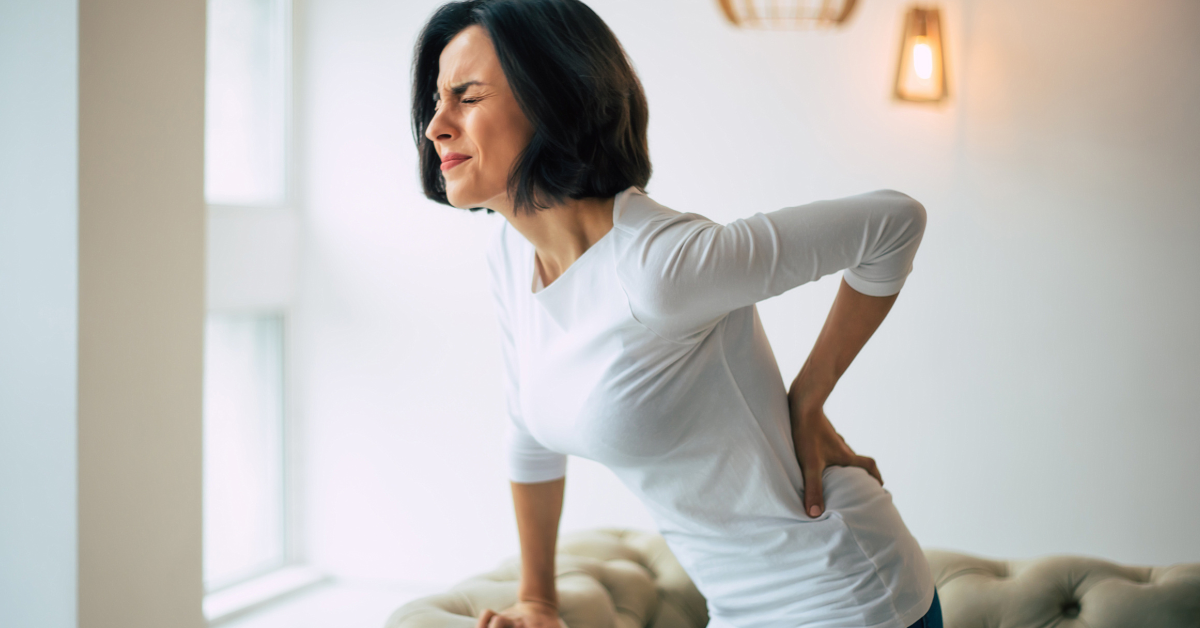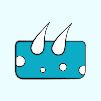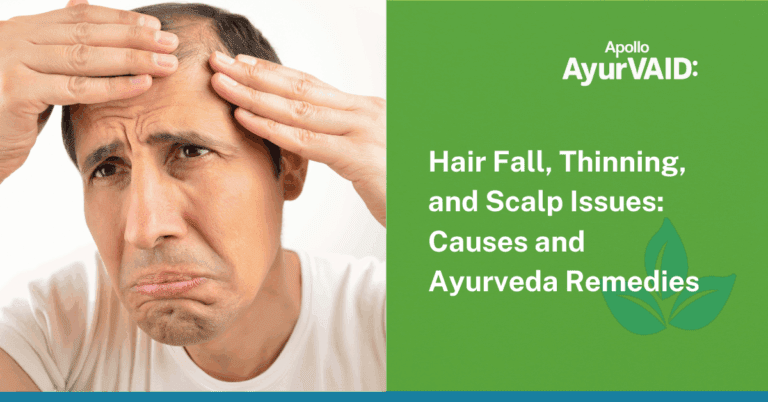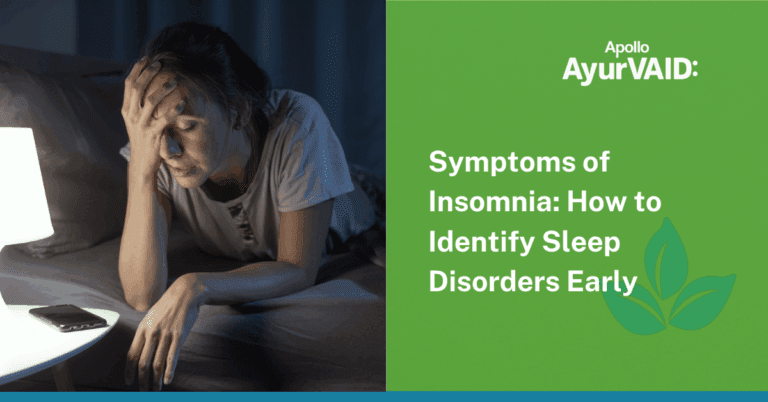Introduction
Throughout their lives, women face various pain-related challenges, beginning with abdominal pain during menarche, followed by pain in the lower back caused by pregnancy and childbirth, and later the impact of menopausal changes on bone density leading to neck pain, etc. Back and neck pain is more common in females than men due to hormonal changes, genetic predisposition, and delicate bodily tissues. The lower abdominal and back pain or persistent neck pain in females is due to complex causes (including lifestyle and occupational demands) that significantly impact their quality of life. The approach to treating back pain in women differs due to the diverse underlying causes that lead to a common symptom.
In this blog let’s explore effective female lower back pain treatments, managing abdominal and neck pain through the Ayurveda approach, which provides natural, lasting relief.

Causes of Lower Abdominal and Back Pain in Females
Vata dosha, one of the three primary forces in Ayurveda, governs movement and various bodily functions. It is divided into five subtypes (Prana, Udana, Samana, Vyana, Apana) each playing a role and located in a different body parts. Apana Vata is responsible for reproductive and excretory functions i.e. menstruation, urination, childbirth, and bowel evacuation. It is situated in the pelvic region and can play an important role in menstruation, pregnancy, menopause and illnesses. The imbalance in Apana Vata leads to diseases like Yonivyapat (Pelvic Congestion Syndrome, Endometriosis), Paripluta (Pelvic Inflammatory Disease – PID), Andaja Yonivyapat (Ectopic Pregnancy), Mutrakrichra or Mutraghata (Urinary Tract Infection – UTI), and Shuka Roga (Sexually Transmitted Infections – STIs).
After childbirth or a cesarean section, the pelvic and abdominal tissues are especially vulnerable to Vata imbalance caused by the strain of delivery. It can present as lower back pain, abdominal cramping, and joint pain. Vata can aggravate similarly during menopause, contributing to hormonal imbalance and Asthi Kshaya (bone degeneration) that manifests as joint pain and stiffness. Structural abnormalities such as uterine fibroids, ovarian cysts, and polyps are also considered major causes of back pain in females along with abdominal pain.
Causes of Back and Neck pain in Females
Women are more prone to neck and back pain than men due to hormonal changes during the menstrual cycle, pelvic muscle changes during pregnancy and childbirth, and menopause-related bone loss, which can increase the risk of osteoporosis and strain the spine and muscles.
Anatomical and hormonal differences and lifestyle factors make females more prone to musculoskeletal pain. Women are considered Sukumara (with soft and delicate tissues) by Ayurveda, and therefore more sensitive to pain and discomfort. Psychological factors like anxiety and depression can also make them more sensitive to pain, exacerbating chronic pain in places like the lower back, neck, and abdomen.
To manage these interconnected issues, Ayurveda emphasizes balancing Vata dosha. It includes therapeutic practices, dietary changes, lifestyle changes, and mental health support to improve quality of life and alleviate pain. Ayurveda nurtures the body and the mind and helps women regain balance and stay healthy at every stage of life.
Ayurveda Treatment for Pain in Females
Nidana Parivarjana (Avoidance of disease-causing and aggravating factors) is the first line of treatment as per Ayurveda. The root cause of lower back, abdomen, and neck pain is identified and is treated first. The goal is to determine whether the lower back, neck, or abdominal pain is linked to gynecological, orthopedic, or urinary system issues, addressing the underlying cause will ultimately alleviate the pain.
Ayurveda prescribes specific dietary, lifestyle, and therapeutic guidelines during three key stages in a woman’s reproductive life – Menarche, Pregnancy, and Postpartum. They are described as Rutumati Paricharya (Menstrual Care/Menstrual Regimen), Garbhini Paricharya (Prenatal Care/Pregnancy Regimen), and Sootika Paricharya (Postnatal Care/Postpartum Regimen). These regimens maintain optimal health and prevent lower back and abdominal pain.
Female lower back pain treatment aims to alleviate pain and promote tissue healing. Following are a few therapies employed.
- Uttara Vasti (medicated enema through urinary or vaginal passage) and Kati Vasti (retention of medicated oil over the back) are administered after assessing the condition.
- Herbal formulations are prescribed to manage pain, reduce pelvic inflammation, balance hormones, and reduce inflammation.
- Medicated oils for external application and Yoni Pichu (administering medicated oil-soaked cotton pads in the vagina) can alleviate the pain.
- Yoni Prakshalana (Vaginal wash using medicated decoction) and Virechana are ideal for reducing inflammation, balancing doshas, and cleaning the uterus as well as the body.
Strengthening of reproductive tissues can be done with the help of Vasti (medicated enema), internal medication, and certain yoga asanas such as Butterfly pose, Seated forward bend, squats, and boat pose. - Shirodhara (oil therapy over the forehead), Abhyanga (oil therapy), and meditation are also prescribed to reduce mental stress, improve sleep quality, and balance hormones.
- Medicated ghee preparations are especially beneficial in regulating the Apana Vata movement, strengthening the reproductive organ, and enhancing digestion.
- Herbs with diuretic and antimicrobial properties are utilized in lower back and abdomen pain caused by urinary tract infections.
- Avagaha (medicated sitz baths), and lepas (local applications) are also helpful external therapies.
- Food articles that strengthen pelvic muscles and pacify Vata are prescribed. Including Dil leaves, sesame, cumin, coriander, raisins, papaya, pomegranate, ghee, tender coconut, hing, pepper, ginger, etc in the diet are beneficial.
- Dry, cold, processed food, refined flour, and excess consumption of cheese, paneer, cabbage, and cauliflower are to be avoided.

Conclusion
Ayurveda provides a comprehensive treatment to women with back, neck, and abdominal pain, focusing on both physical and psychological aspects. Women are considered Sukumara with delicate tissues, and the reproductive organ located in the pelvic region gets influenced quickly by the variation in Apana Vata, making them more prone to pain. Psychological variation and hormonal changes heighten their pain sensitivity, worsening chronic discomfort in the lower back, neck, and abdomen. The Ayurveda treatment consists of Panchakarma, local treatments, herbal medications, diet changes, and lifestyle modifications. Nidana Parivarjana through identification of the root cause ensures natural relief from chronic aches for women. This approach helps women find natural, sustainable relief from chronic pain and improves their overall quality of life throughout different life stages.
References
- Yadav, R et al. (2024). Identification of Factors Associated with Nonspecific Neck Pain in Working Women. Journal of Health and Allied Sciences NU. https://doi.org/10.1055/s-0044-1786994
- Brady, S et al. (2018). Course and Contributors to Back Pain in Middle-aged Women Over 9 Years: Data From the Australian Longitudinal Study on Women’s Health. SPINE, 43, 1648–1656. https://doi.org/10.1097/
BRS.0000000000002702 - Roman-Juan, J et al. (2024). The Increase in Early Menarche is Associated with the Increase of Chronic Back Pain in Female Adolescents: The HBSC Study 2002-2014. The Clinical journal of pain. https://doi.org/10.1097/AJP
.0000000000001247 - Giles, B, Walker, J (1999). Gender differences in pain. Current opinion in anaesthesiology, 12(5), 591-5. https://doi.org/10.1097
/00001503-199910000-00017 - Verma, P et al. (2022). The Management of Katishoola (vertebral Compression fracture) through Panchakarma- A case study. Journal of Ayurvedic and Herbal Medicine. https://doi.org/10.31254/
jahm.2022.8302






